4 keys to understanding what is happening in Gaza, where a peaceful protest ended in the worst violence in years
news·@duendeath·
0.000 HBD4 keys to understanding what is happening in Gaza, where a peaceful protest ended in the worst violence in years
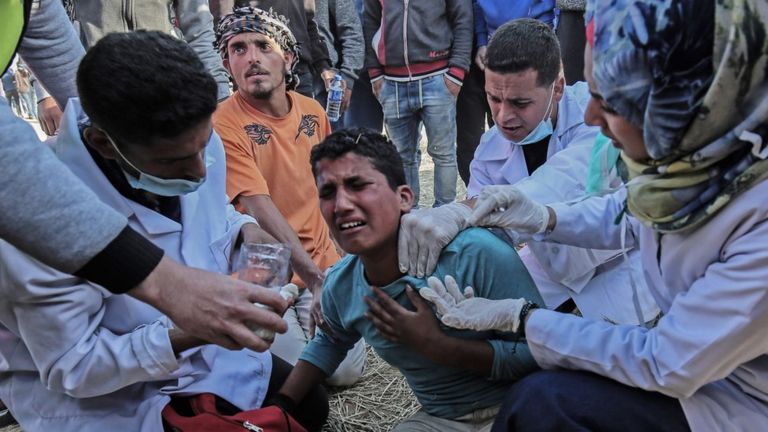 Some 30,000 Palestinians marched in Gaza along the border with Israel. AFP A peaceful six-week protest took one day to become the most violent conflict between Israelis and Palestinians in almost four years. The so-called Great Return March began a week ago in Gaza and that same day at least 16 Palestinians were shot dead by Israeli soldiers. Since then at least five more people have died in the protests that, it is planned, last five weeks more. And this Friday is expected to increase in size. What is the Great Return March, the massive protest of Palestinians against Israelis in Gaza that has already left 17 dead and more than a thousand injured But how and why did this new wave of protests and violence in the region begin? In BBC Mundo we review some keys to understand what is happening. 1. What happened? Some 30,000 Palestinians marched in Gaza along the border with Israel on Friday to draw attention to "the struggle of the hundreds of thousands of them who have been driven from their homes in what is now Israel." The Israeli government called it a "dangerous provocation" that could "be putting lives at risk." End of recommendations The Palestinians established five camps about 600 meters from the border and Israel deployed tanks and snipers and warned the protesters not to go near the security fences. 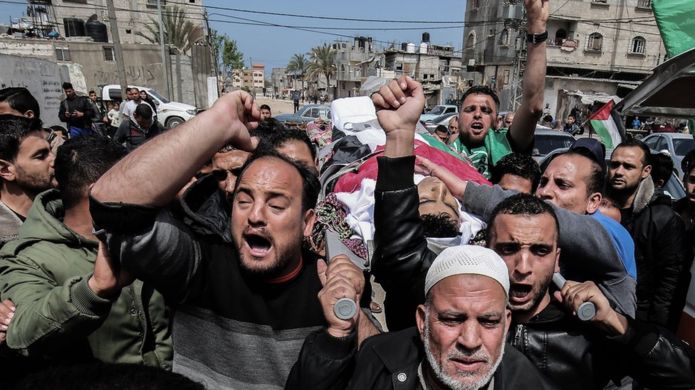 Sixteen people died and hundreds were injured. AFP Some of the participants threw rocks, Molotov cocktails and burned tires. The Israeli authorities denounced that there were those who tried to penetrate the fence that separates both territories. The Israeli forces responded with bullets and tear gas. Sixteen people died and hundreds were injured. Five of those killed were members of the military wing of Hamas, the Islamic group that controls Gaza. 2. What were the reactions? Palestinians and human rights organizations criticized the use of excessive force on the Israeli side. The UN and the European Union called for an independent and transparent investigation. 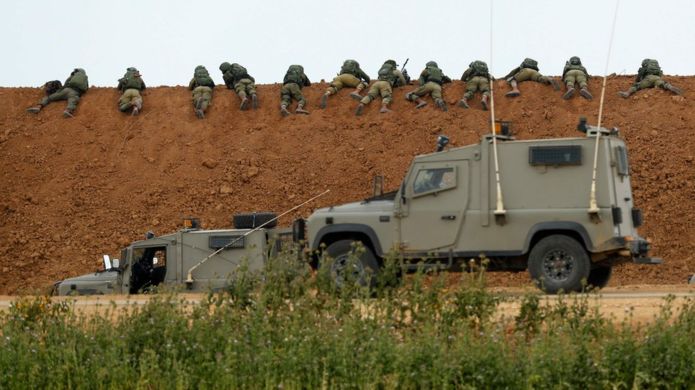 Israel strengthened its forces on the border with Gaza. AFP Israel was justified. He said Hamas was using the protests to launch attacks against the country, that it acted with judgment to prevent its borders and sovereignty from being violated and to protect nearby communities. The Israeli military did "what had to be done," said Defense Minister Avigdor Lieberman, "I think all our troops deserve a medal." 3. What is the Great Return March? The demonstration began on March 30, the Earth Day, in which Palestinians commemorate the death of six demonstrators in the hands of Israeli security forces during the protests that took place that day in 1976 for the confiscation of their lands. 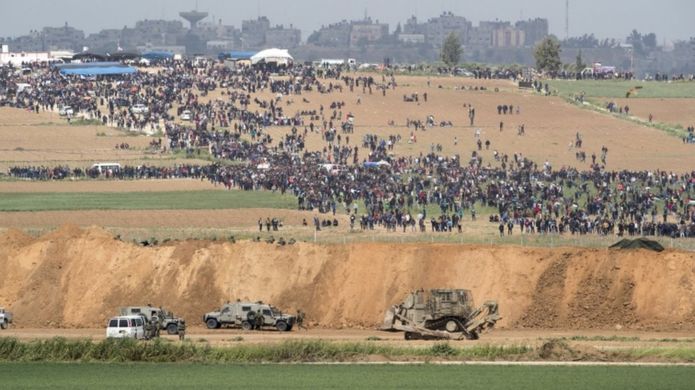 The protest is scheduled to last six weeks, until May 15. EPA The protest is scheduled to last six weeks, until May 15, which the Palestinians call Nakba (catastrophe) and which marks the displacement of hundreds of thousands of Palestinians during the conflict that led to the creation of Israel in 1948. For decades Palestinians have been demanding their right to return to towns and cities in what is now Israel, but Israel says they must establish themselves in a future Palestinian state in the territories of the Gaza Strip and the West Bank. 4. What is the situation in Gaza? Life in Gaza, a strip 41 km long and between 6 and 12 km wide with 2 million people, is difficult. Israel maintains a blockade by air, sea and land that restricts the movement of goods, services and people and justifies it for security reasons. Egypt rarely opens the Rafah crossing intermittently. And Hamas, which controls the territory, is facing the more moderate Palestinian faction, Fatah, which rules the West Bank. 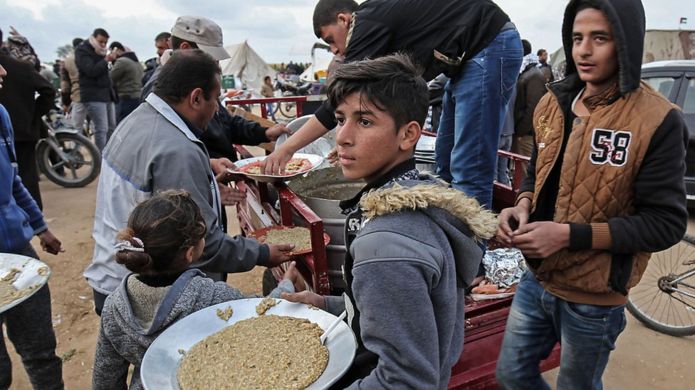 The situation in Gaza has been getting worse in the last time and the protests are also seen as a cause of isolation, resentment and economic crisis. AFP United Nations officials have warned that the strip is about to collapse. Unemployment is around 44%, access to potable water is minimal and power cuts of 12 hours a day threaten hospitals. Only 54% of requests for medical permits to cross into Israel were approved last year, human rights organizations reported in February, and the World Health Organization reported that 54 Palestinians died in 2017 for that reason.